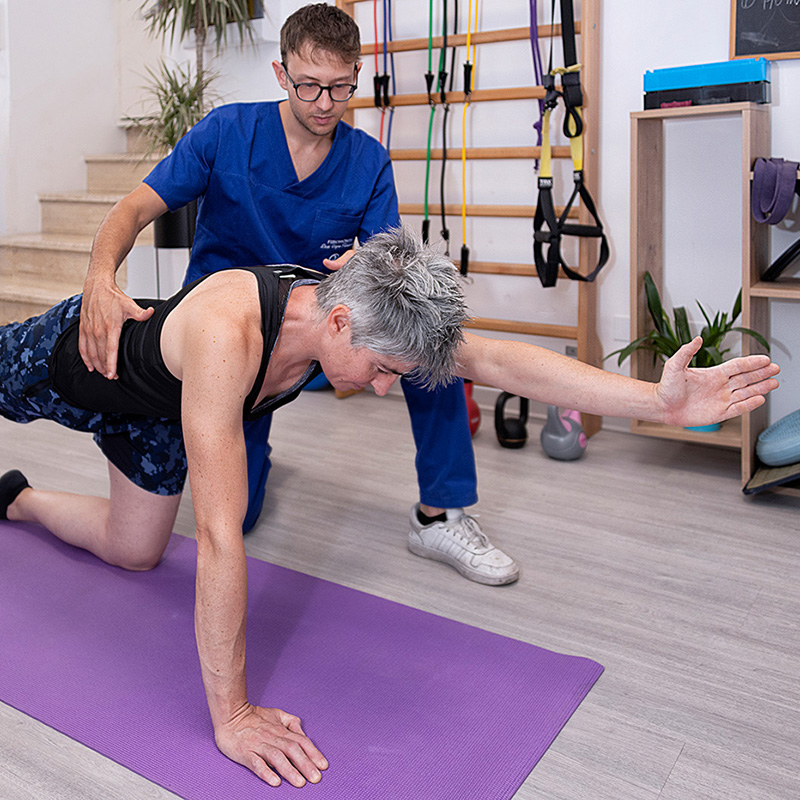MASSAGE THERAPY, KINESIOTAPING – FUNCTIONAL BANDAGINGMASSAGE THERAPY,
MASSOTERAPIA, KINESIOTAPING – BENDAGGIO FUNZIONALE MASSAGE THERAPY Massage therapy is by far the best-known practice in physiotherapy. With the movement of their hands, the physiotherapist is able to establish contact with the patient’s epidermis, inducing a positive response through nerve stimulation due to the activation of superficial cutaneous receptors. KINESIOTAPING – FUNCTIONAL BANDAGING Kinesiotaping is a preventive and rehabilitative therapeutic approach that involves the application of strips of elastic tape called “kinesiotape” directly on the skin, following specific patterns and application techniques. This type of elastic bandage is designed to provide muscle and joint support without significantly limiting movement. It is often used in sports and aims to improve blood and lymph circulation, reduce pain, provide muscle support, and promote muscle recovery after trauma or intense exercise. It is used to treat various issues such as: Post-surgical/traumatic edema Tennis elbow (epicondylitis) Golfer’s elbow (epitrocleitis) Osteoarthritis Ankle sprains Patellar subluxation Stiff neck Plantar fasciitis Piriformis syndrome Functional bandaging, on the other hand, involves applying elastic or non-elastic bandages to the skin to provide support and stability to damaged joints, muscles, or ligaments. This type of bandaging is more rigid than kinesiotaping and can limit joint movement in certain directions to protect the affected area and promote healing. Functional bandaging is often used to treat acute or chronic injuries, such as sprains, muscle tears, or joint instability. In conclusion,, while kinesiotaping aims to provide dynamic support without significantly limiting movement, functional bandaging is designed to offer more rigid and stable support to protect and stabilize injured areas. Both can be included in a broader treatment program, depending on the specific needs of the patient and the clinical condition. BOOK NOW



